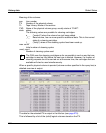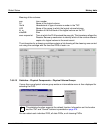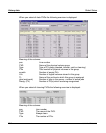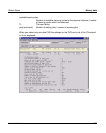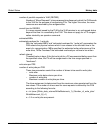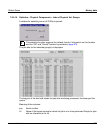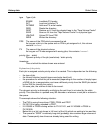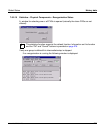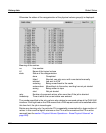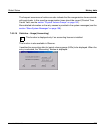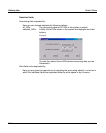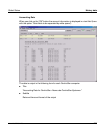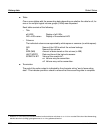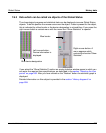
290 U41117-J-Z125-7-76
History data Global Status
type Type of job
ERASE Invalidate PV header
INIT Load and initialize PV
INITNEW Add new PV, write header
RDIR Reads the directory.
REST Restore an LV from the physical tape to the “Tape Volume Cache”
SAVE Save an LV from the “Tape Volume Cache” to a physical type
UNLOAD Unload PV from PDS
WDIR Writes the directory.
PDS The name of the PDS which processes the job.
As long as a job is in the queue and no PDs is yet assigned to it, this column
contains ’======’.
PV The name of the physical volume.
As long as no PV was assigned with saving jobs, this contains ’======’.
priority (dyn. - static)
Dynamic priority of the job (see below) / static priority
timestamp
Time at which the status shown was entered.
Explanation of the priority
Each job is assigned a static priority when it is created. This is dependent on the following:
– the type of job,
– the current situation (scratch tapes over/under hard limit),
– the procedure for which the job is executed (depending on the number of empty tapes
a SAVE job for a reorganization can have a different priority from the SAVE job started
by the VLM for clearing the cache),
– for some jobs, the volume of data to be moved.
The dynamic priority is obtained by multiplying the wait time (in minutes) by the static
priority. This calculation is updated every 60 seconds or whenever a new job in entered in
the queue.
The example shows the following situation:
– The PVG is using three drives: PDS9, PDSA and PDS7.
– PV 001100 is being unloaded in PDS7.
– LV V03455 in PDS9 is being written to PV 001101, and LV V03456 in PDSA to
PV 001099.
– Below this is a list (not shown in full here) of the LVs which are waiting to be rewritten.
– The queue for “SAVE” is relatively long and (probably) also contains large volumes of
data. Consequently two drives are already being used for writing.



